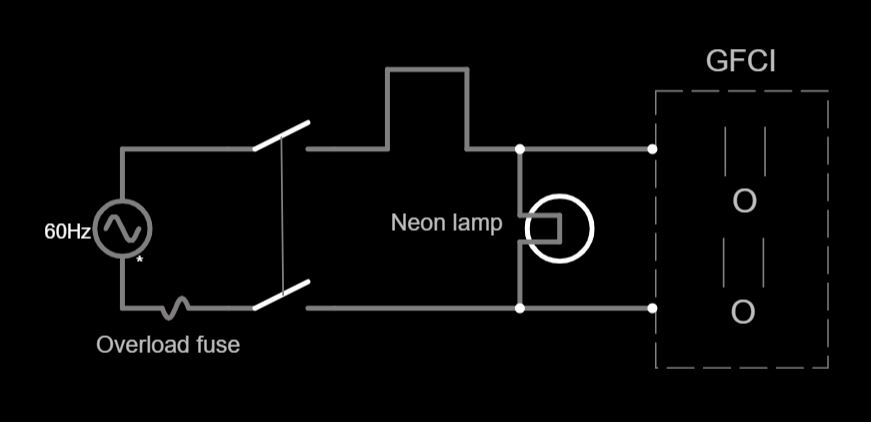Introduction
High voltage is no joking matter. One probably shouldn't play with it. But recently I've been attempting to build a more automated ecosystem, and part of that involves automating AC devices like lights, kettles and heaters. Working with mains is inevitable.
As I went about probing the sockets around the house, I noticed... They're wired in reverse!
I've actually known this already, from the UPS giving me ground fault warnings, to getting zapped when I touched ground plates on kitchen-ware. It was pretty apparent whoever built this house didn't have a knack for being a certified electrician...
So anyways, not wanting this to hinder my goals, I decided I would need to develop some safety measures before I can start working with AC.
This is where this (Safety-in-a-Box) project begins. Using a GFCI outlet, any electrocution will be quickly stopped by this device.
Design
The GFCI won't protect me completely. How it detects a ground fault is by sensing inbalance between the hot wire and neutral wire (say, if any current goes via ground), but this doesn't protect against:
- overload/short-circuit
- reverse connection (my biggest issue here)


